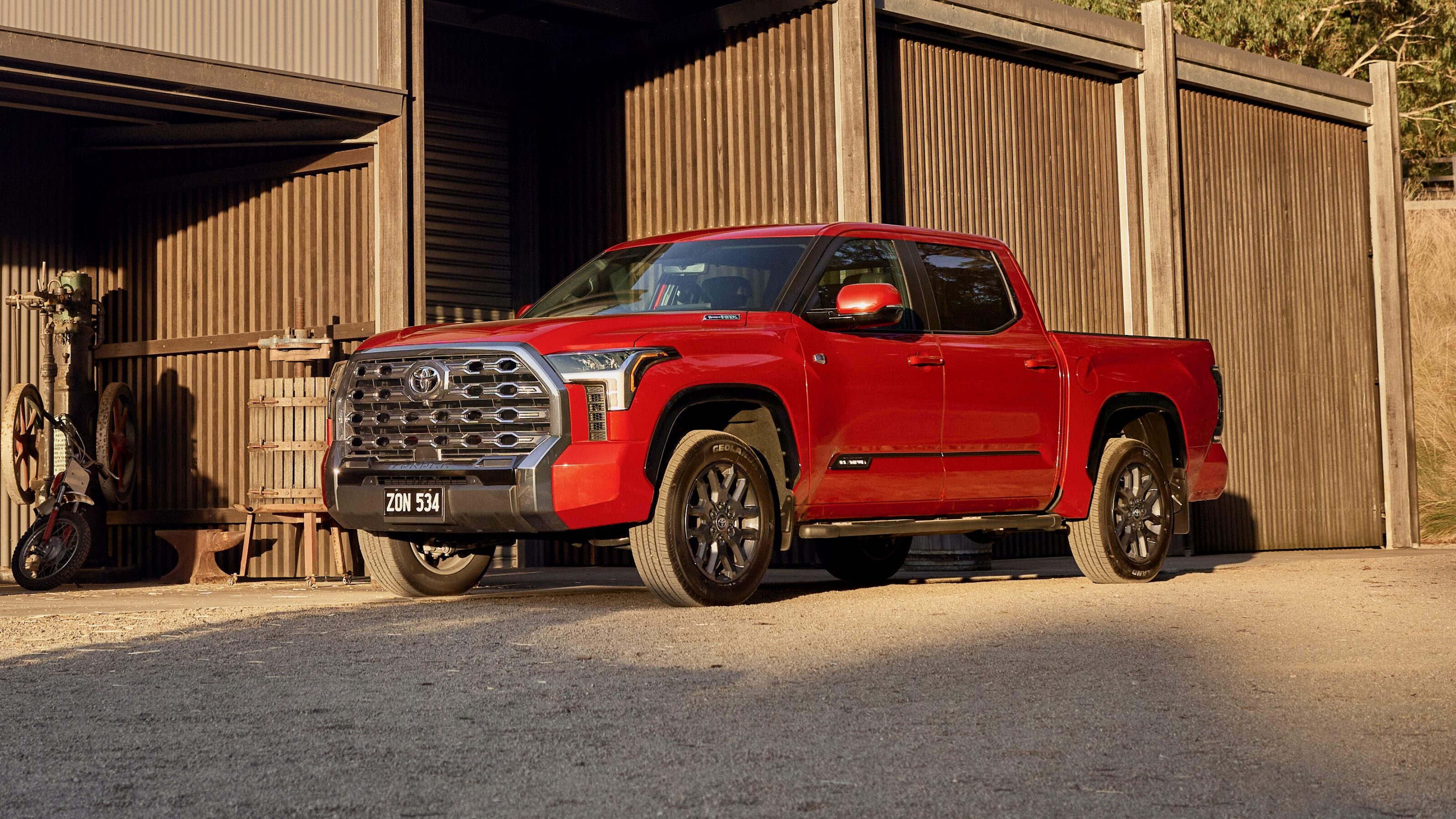Where did it all go wrong – again – for Jaguar Land Rover? Every year since 2011, JLR made more in annual profit than the A$2 billion it cost Ratan Tata to buy it from Ford back in 2008, saving it from its last major crisis.
Profits peaked at $4.8bn in 2015, thanks to strong new product, booming sales in China and the explosion in global demand for SUVs.
But in February JLR announced that it had lost a staggering $6.3bn in its third quarter alone, and is cutting 4500 jobs and $4.6bn in costs. It hasn’t announced its final loss for the full financial year, which ended in March, but annual sales are down six percent, and the decline accelerated in the final quarter.
Jaguar posted a three percent rise, but that’s only due to the addition of E-Pace and I-Pace. Every other model is down heavily.

Land Rover posted a nine percent decline despite the Velar making its first full-year contribution: the ageing Range Rover and Range Rover Sport were the only other Land Rovers to show an increase.
JLR has been caught in a perfect storm of slumping Chinese sales and uncertainty over both Brexit and the future of diesel. And it could get worse.
With the terms on which the UK will leave the European Union still unresolved, JLR may yet be hit by tariffs and delays on the parts it imports and the cars it exports. Add to that further expense in closing one of its factories in the UK. It confirmed in April that the new Defender would be built at its plant in Slovakia.
Of that huge loss, ‘only’ $500m was operational. The vast majority of the number – $5.8bn – was a write-down of capital investments made in previous years. Although sales have grown strongly under Tata’s ownership, they haven’t grown as fast as planned.
Privately, Tata and JLR’s board, led since 2010 by Ralf Speth, hoped to get JLR to a million cars a year, and they invested accordingly. JLR made huge operational profits for its owner, but Tata ploughed billions back into the business. With annual sales now dipping back below 600,000, the write-down is a public admission its plan hasn’t worked.
Like Ford, Tata tried to make Jaguar a rival to BMW and Mercedes. It developed the XE and XF at huge expense, but with sales stuck an order of magnitude behind their German rivals and declining, this has been JLR’s most obvious failure. “We should never have been chasing big volumes, trying to be BMW,” one former senior JLR executive told Wheels. “The sedans never washed their faces. They just cost too much to develop. They shouldn’t be replaced. Jaguar should just make EVs, the SUVs, and petrol-powered halo sports cars.”
Max Warburton, the leading car industry analyst who is usually excoriating in his criticism of wrong-headed CEOs, goes easy on Speth.
“I’d challenge anyone to have come up with a better strategy at the time,” he says. “Maybe you could say they should have been more aware of how global demand for sedans was going to shrink, but I don’t think even the Germans expected it to be quite so rapid,” he noted.
Speth may have called it wrong on sedans, but he’s given JLR a massively expanded range, an EV which beat its Germans rivals to market and won the European and World Car of the Year, and the ability to manufacture its own engines, electric motors and batteries. It has all been done at huge cost to Tata, but the depth and scale of JLR’s operations now means that the current crisis is not the existential one it might have been a few years ago.
Insiders say that the 63-year-old Speth planned to stay until he’d made good on his promise to electrify every model in the JLR line-up by 2020, before handing over to Hanno Kirner, currently JLR’s Strategy Director.
Kirner oversaw the deal to supply 20,000 I-Paces to Waymo, Google’s self-driving car arm, and has the vision to make JLR fit for the modern age. But his succession might be disrupted if Speth has to carry the can for the current losses, and depart early – or if the company is sold (see below).
WILL STRIFE MEAN TATA FOR JLR?
TATA INSISTS that JLR isn’t for sale, but with no synergies between JLR and Tata’s Indian car business, it has never made a particularly logical owner. “There’s not many people at Tata who really know why they own JLR,” says car industry analyst Max Warburton.
The mounting losses might be all the incentive Tata needs to put the operation on the market – and there would be no shortage of suitors if it did, Warburton says.
“It could be PSA buying it, or any of the three Germans. And an acquisitive Asian company like Geely or another Chinese OEM would definitely look at it,” he says.
A new owner would likely be less sentimental about Jaguar remaining a maker of petrol-powered sedans, and would probably rationalise Land Rover’s range to suit its current, more realistic sales volumes. This crisis won’t kill them, but Jaguar and Land Rover could both emerge from these dark times looking very different.





